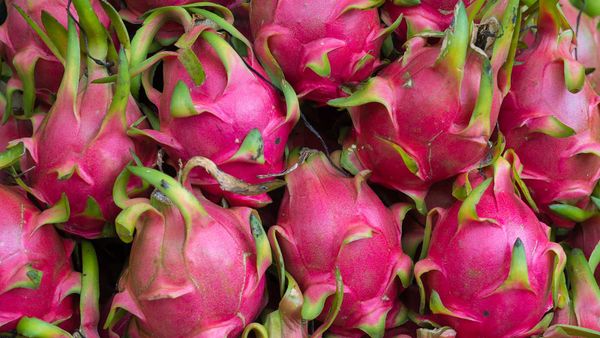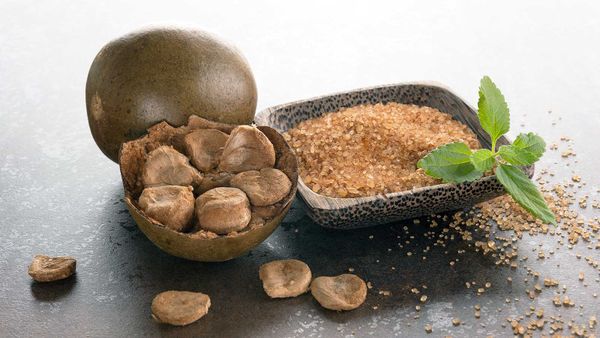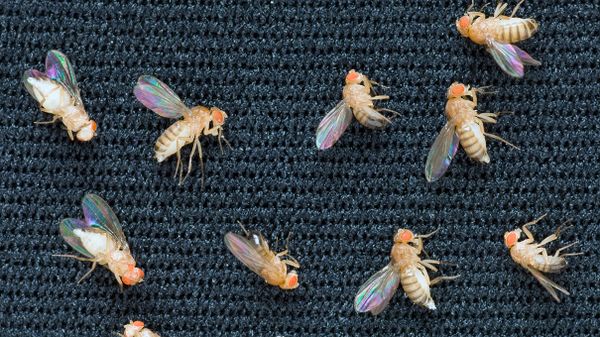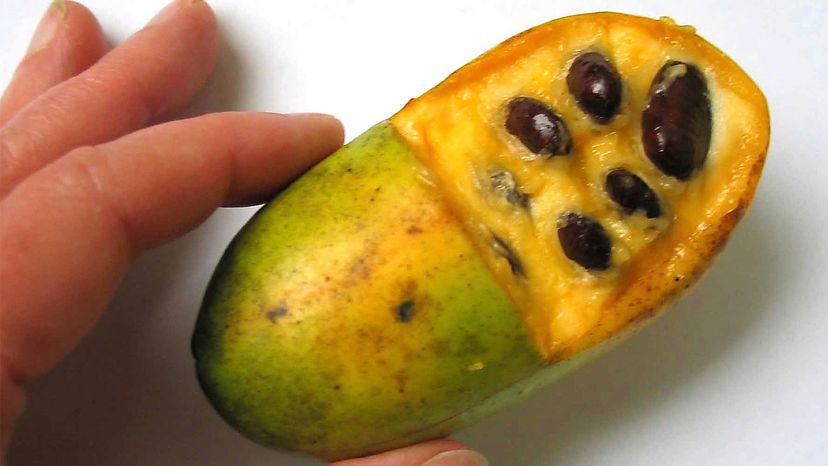
Pawpaws are America's lost fruit. These potato-shaped tree-grown fruits are indigenous to 26 of the United States, with a natural growing territory ranging from southern Florida north to the Canadian border and as far west as Nebraska. But they aren't easy to find unless you know where to forage.
Although some attempts have been made to foster cultivated pawpaws in their non-native states such as California and Oregon, this growth remains problematic for the wild pawpaw.
Advertisement
In many ways, pawpaws continue to defy attempts to commercialize their production. Ripe pawpaws have an incredibly short shelf-life of about three days. And, like garden tomatoes, they are best picked when ripe, which means they don't survive shipping. In addition, pawpaws are easily bruised, and while the fruit inside is usually still OK to eat, the damaged outside skin turns black-and-blue, discouraging most shoppers.
So, how do you get ahold of this tasty edible fruit, which happens to be the largest fruit that grows natively in the U.S.? Most likely, you'll need to find a local grower or, if you're fortunate, come across it at a farmers' market during the pawpaws' natural harvest season, which runs late summer to early fall.
Although finding fresh pawpaw fruit takes some doing, you'll be rewarded with the pawpaw's rich taste and decadent texture. Most fans of the fruit recommend eating it raw, in all its fleshy glory, by scooping it out with a spoon. (Steer clear of the inedible, large dark brown seeds, and the skin, which contains a nerve toxin.) The pawpaw's interior tastes of tropical delight with notes of banana, kiwi and mango, and the custardy texture offers a sumptuous finish. If you have excess fruit you'd like to make use of, there are recipes for pawpaws, ranging from pies and custards to cakes and cookies.
If you have a green thumb and would like to grow your own crop of pawpaws, it is possible in United States Department of Agriculture hardiness zones 5 though 8 (you can look up your area's zone here), as long as the rainfall is sufficient to establish the tree, and as long as you're willing to pollinate the tree by hand. Pawpaw trees are not self-pollinating. In the wild, the dining, travel and defecation habits of beetles and other creatures spread the seeds, and insects aid in fruit pollination.
If you'd rather not take an active hand in fostering pawpaw growth, there are other options to find pawpaw fruit, including the annual Pawpaw Festival that takes place in Albany, Ohio, each September.
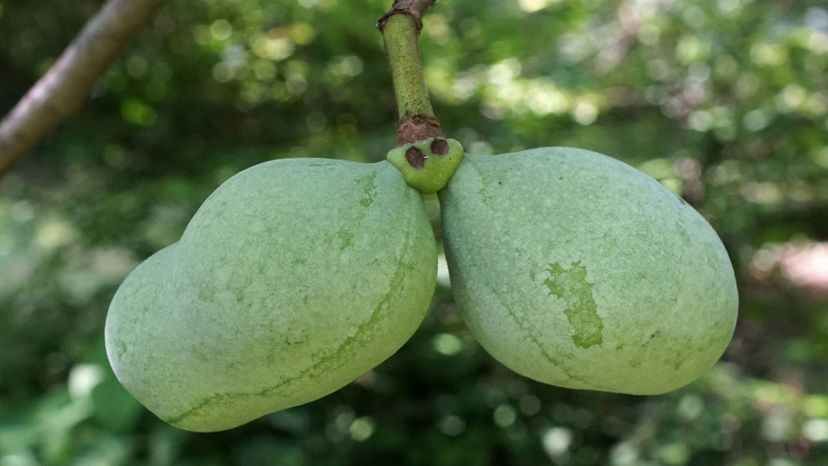
Advertisement
